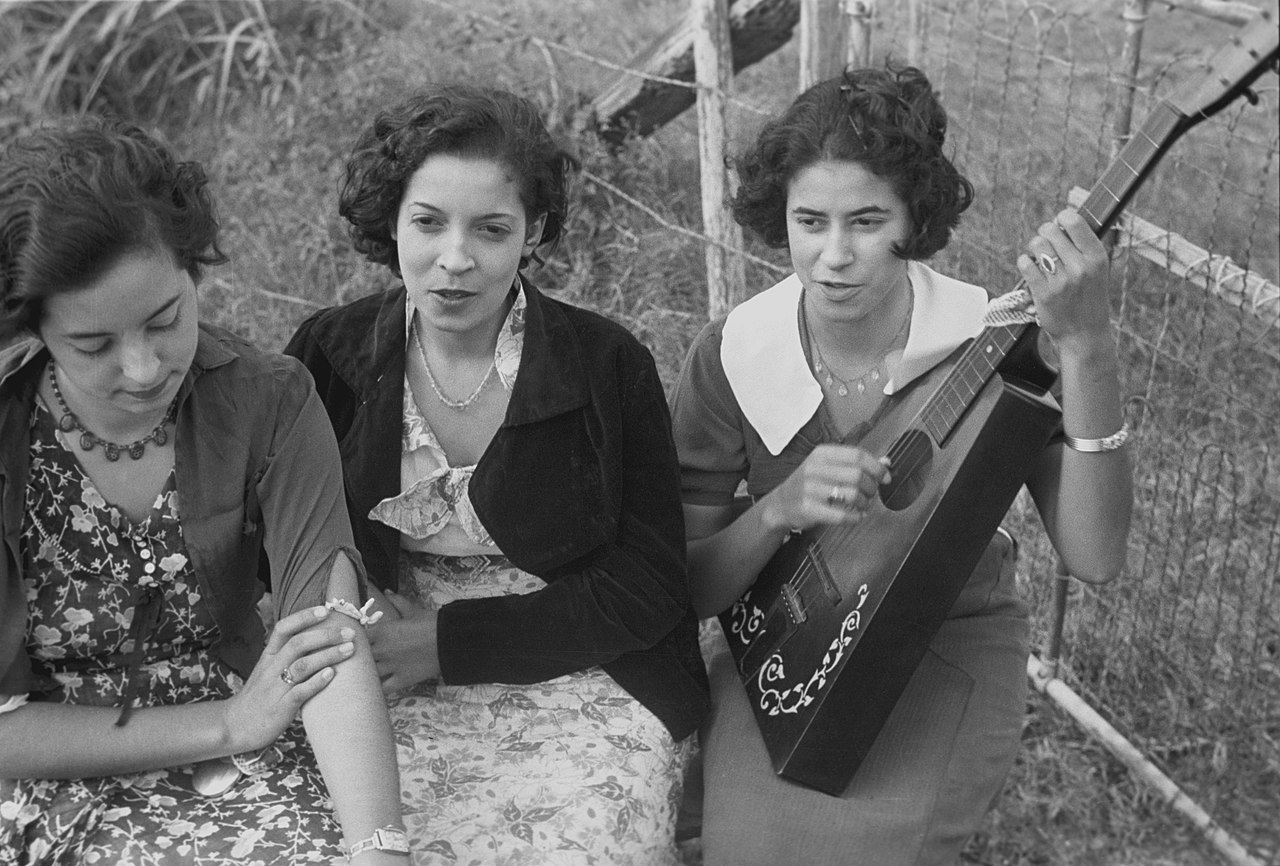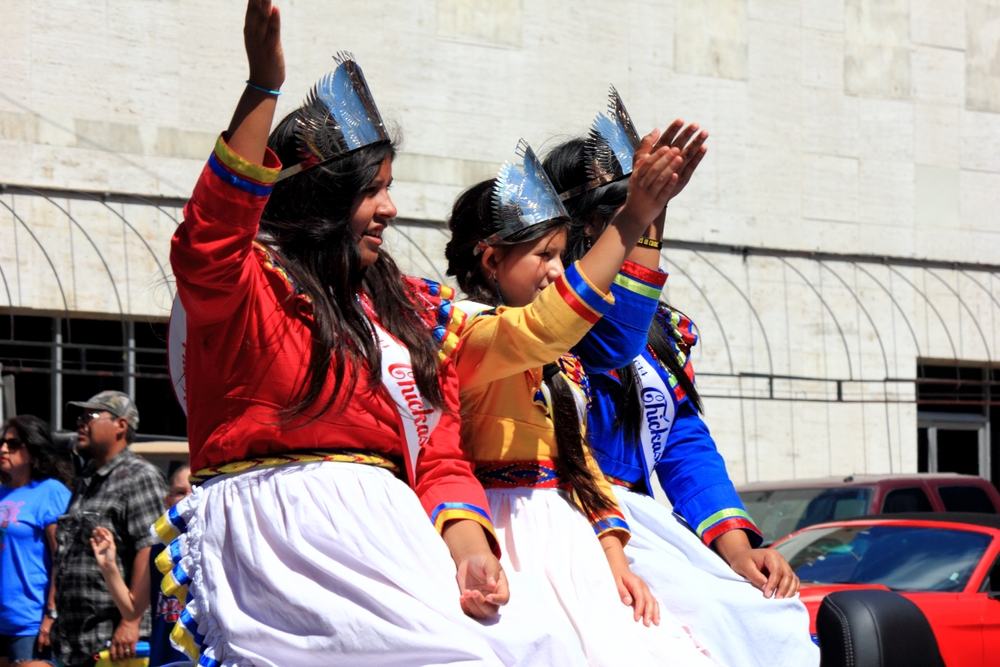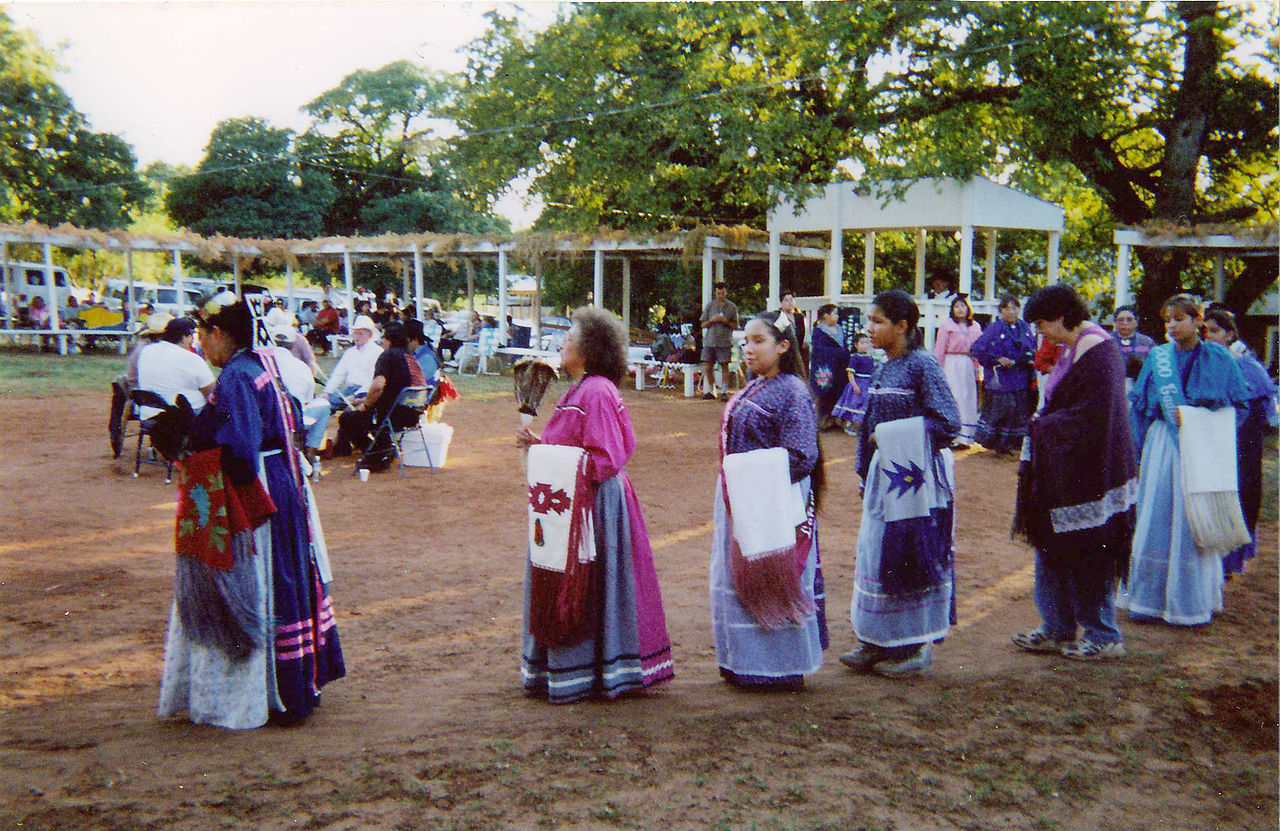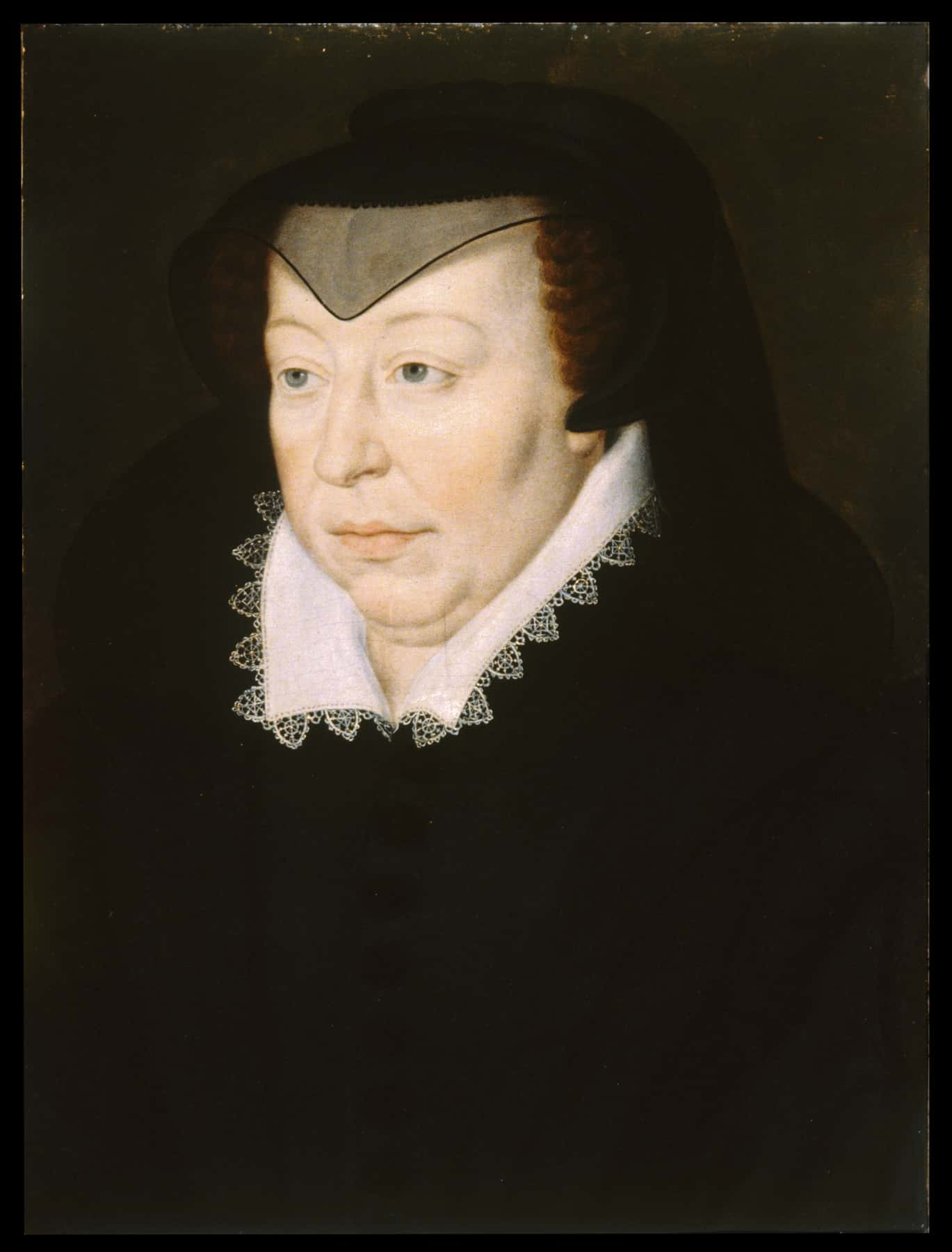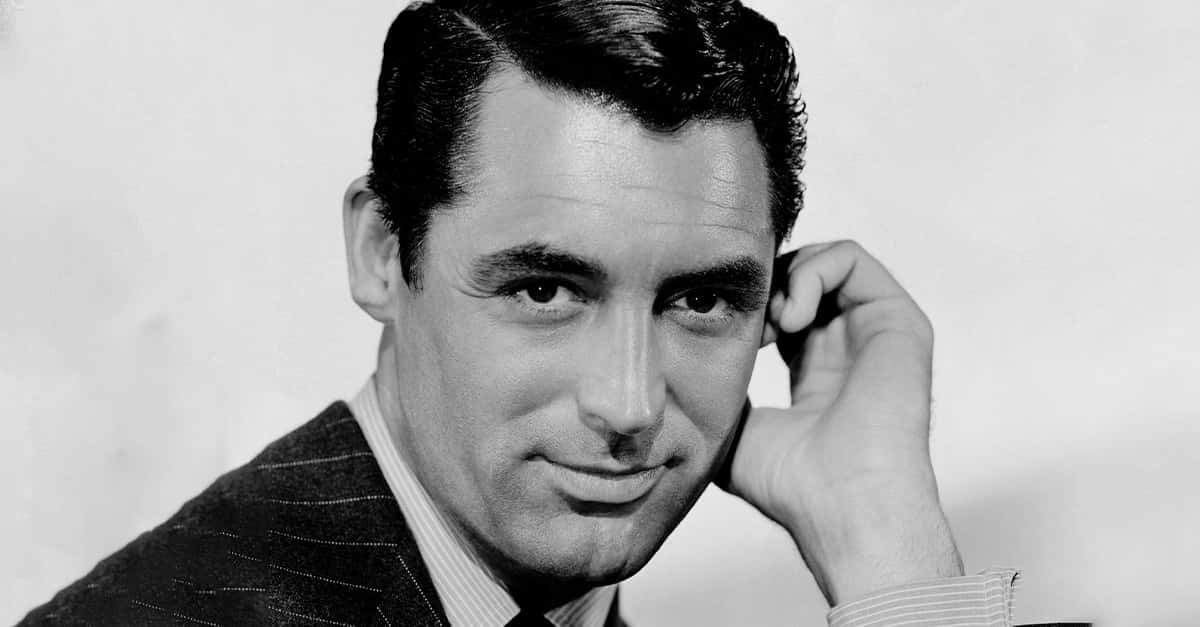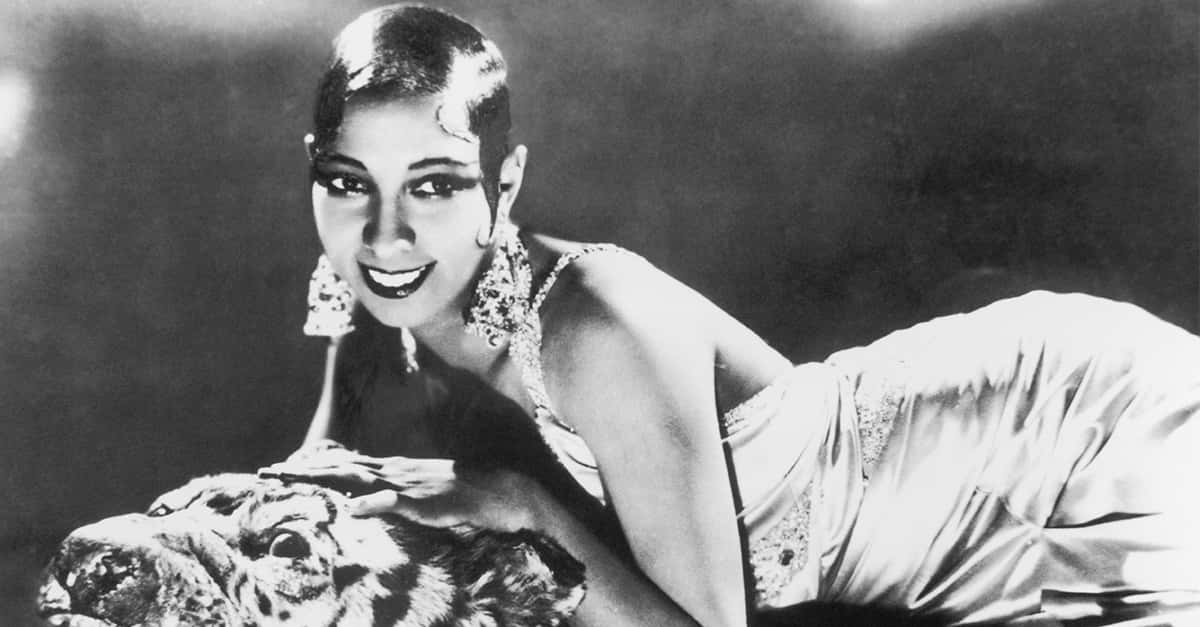America's Rarest Languages
Whether a rare language in the US is your mother tongue, or you speak English as your first language and learned one of these rare languages later in life, they're an important insight into American history and how we came to be where we are today. Let's examine some of America's rarest languages, whether they're considered vulnerable, endangered, or safe, and how many still speak these lost mother tongues.
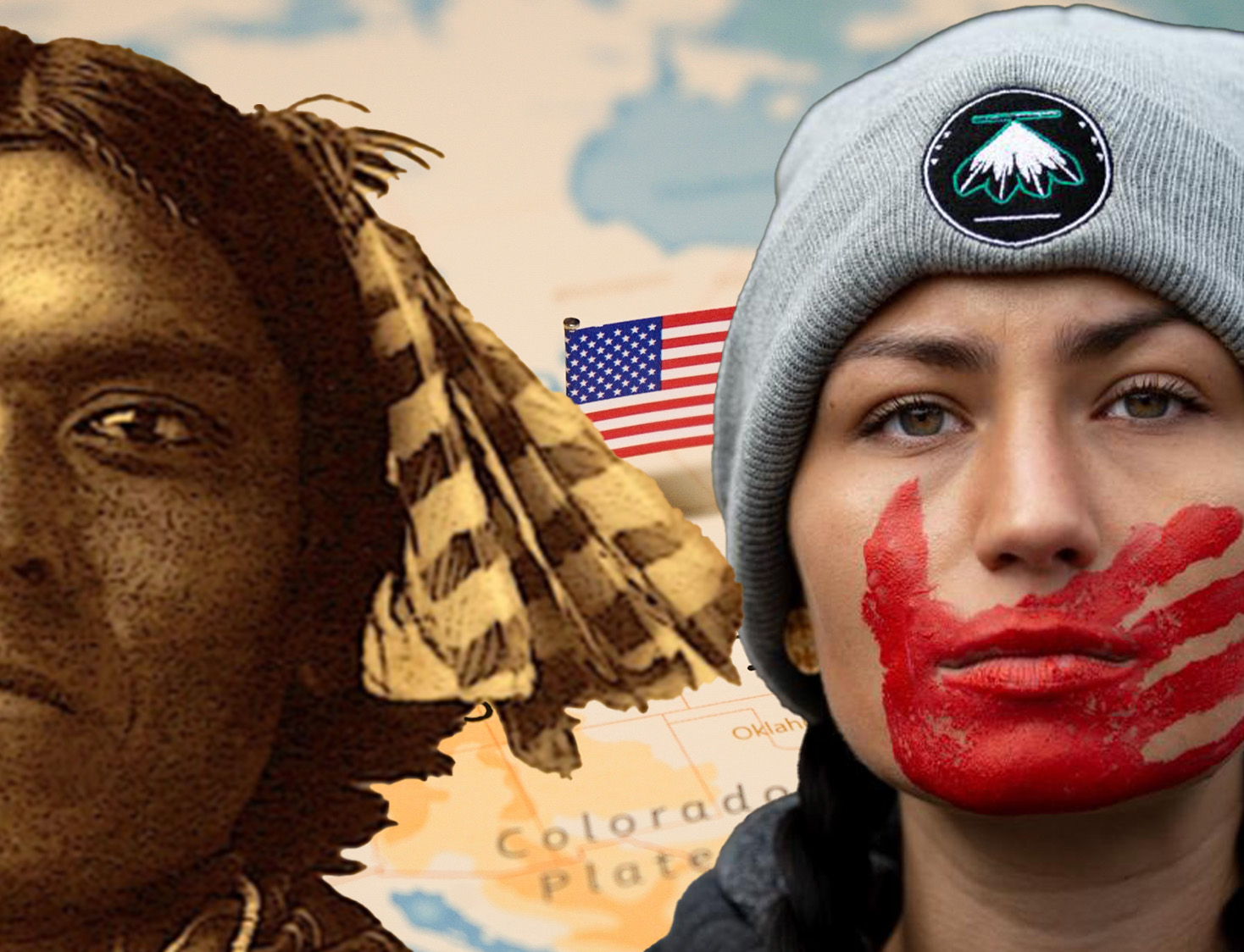
Louisiana French
Louisiana French is a dialect of French spoken by the descendants of those who were deported from Eastern Canada during the Deportation of the Acadians in 1755, wherein the British forcibly removed around 10,000 Acadians from their homes and shipped them to Louisiana. Louisiana French (and the French-influenced cuisine) flourished in their new home in Louisiana, where there are now between 150,000 and 200,000 native speakers. The language is considered safe by UNESCO.
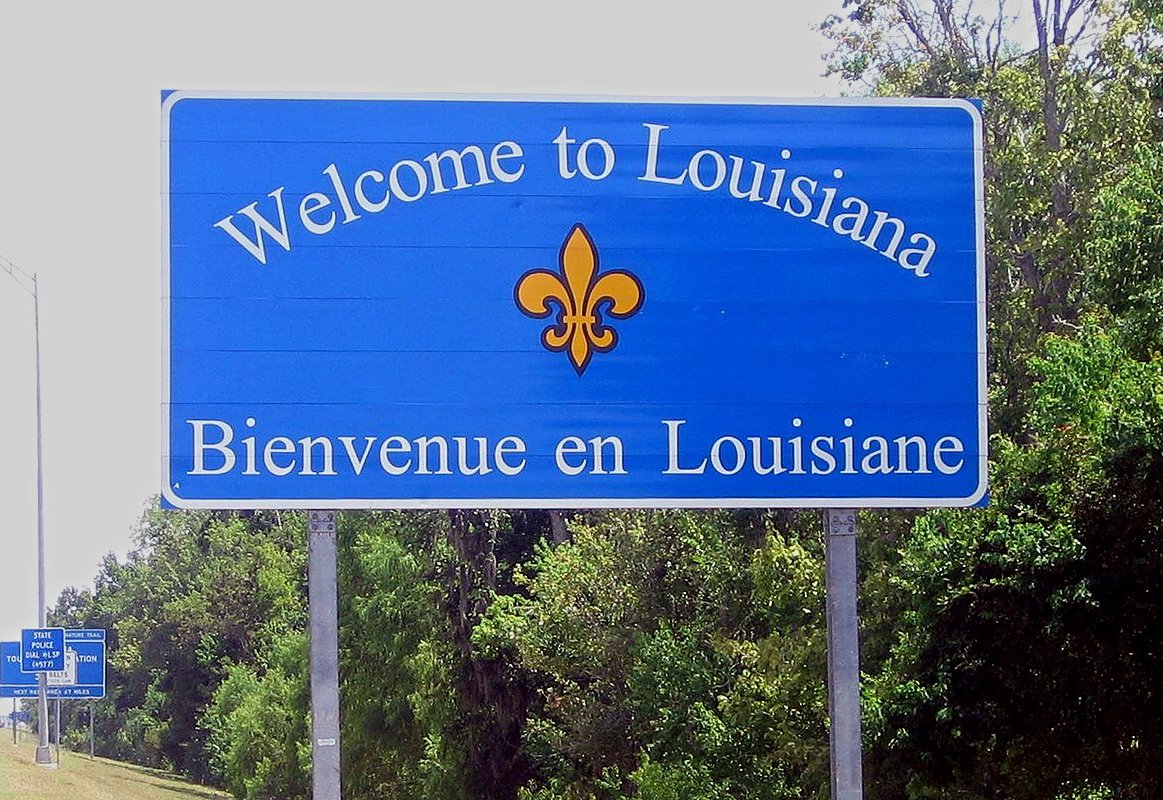 Hypersite, CC BY-SA 3.0, Wikimedia Commons
Hypersite, CC BY-SA 3.0, Wikimedia Commons
Cherokee Language
The Cherokee people of Oklahoma speak the Cherokee language. The majority of Cherokee is fluently spoken by tribal elders, of whom about eight pass away each month. Meanwhile, the tribe reports that just five speakers under 50 speak the language. Belonging to the Iroquoian family of languages, different data points to between 1,500 and 2,100 speakers of Oklahoma Cherokee.
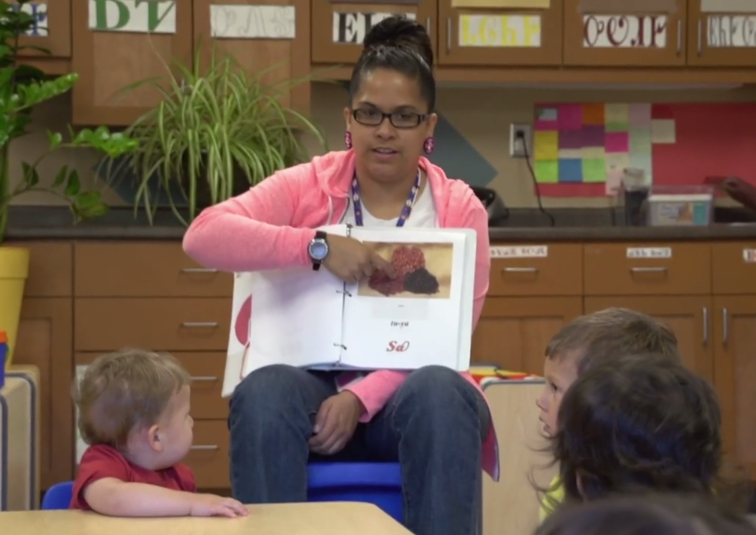 Neddy1234, CC BY-SA 3.0, Wikimedia Commons
Neddy1234, CC BY-SA 3.0, Wikimedia Commons
Central Alaskan Yupik
The Central Alaskan Yupik language is spoken in southern and southwestern Alaska. It belongs to the Yupik and Eskimo-Aleut family of languages, and its speakers are one of the largest groups of Native Alaskans in the United States. As census data indicates, in 2013, it was estimated that just shy of 20,000 native speakers were left out of the 34,000 Yupik Alaskans.
 Frank L Beals, Wikimedia Commons
Frank L Beals, Wikimedia Commons
Keresan
Keresan is a language spoken by the Keres Pueblo peoples of New Mexico. Although UNESCO considers it endangered, it is among the most widely spoken isolated languages (with no discernable genetic link to other languages) in the United States, with over 13,000 native speakers as of 2013. It was also featured in the Coca-Cola commercial "America, The Beautiful" during the 2014 Super Bowl.
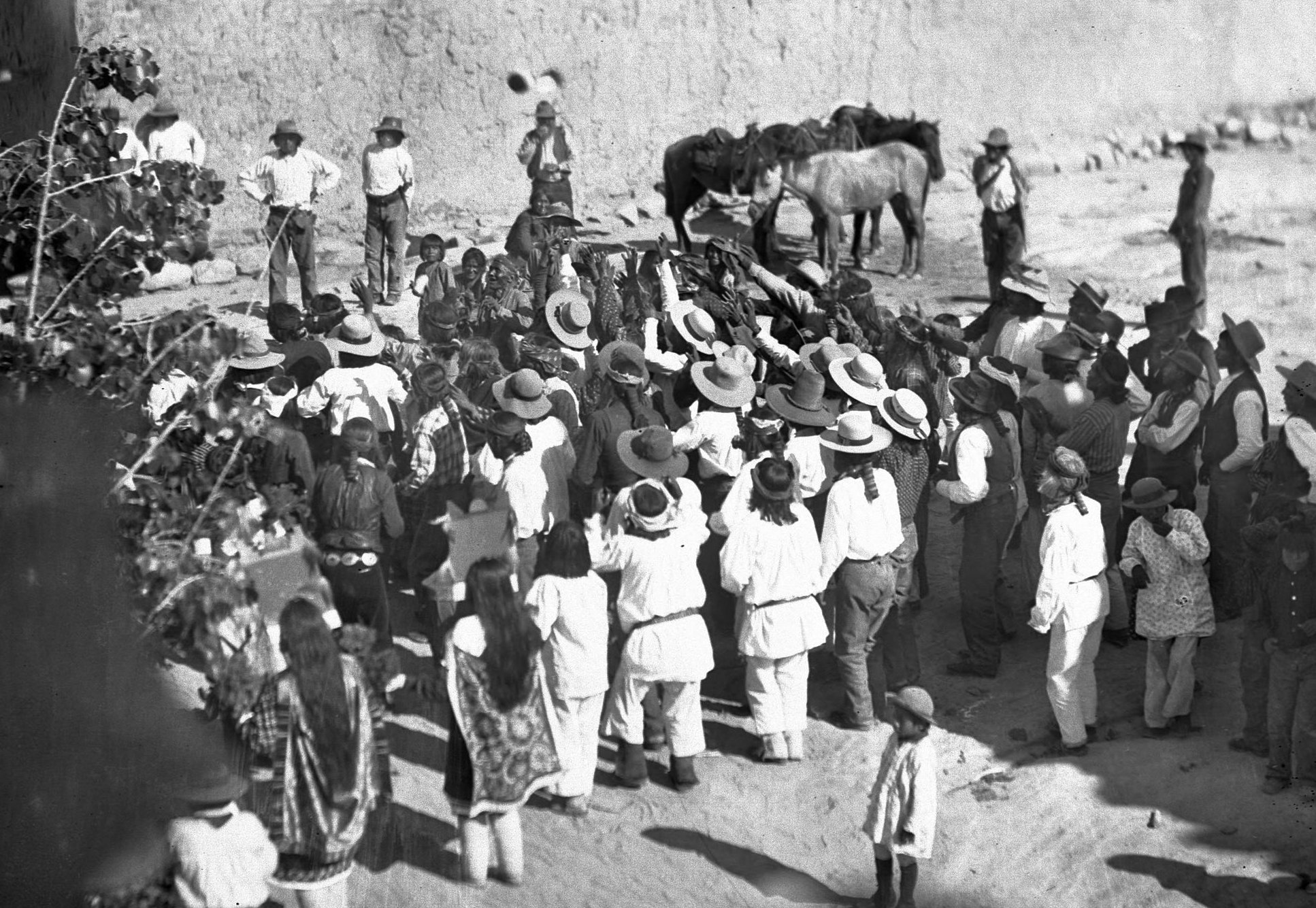 James, George Wharton, Wikimedia Commons
James, George Wharton, Wikimedia Commons
Choctaw
Another Native American language decimated by European contact was the Choctaw language. Spoken by the Choctaw people of Louisiana, who published a new Choctaw dictionary in 2016, the language is currently spoken by less than 10,000 people and is considered vulnerable by UNESCO.
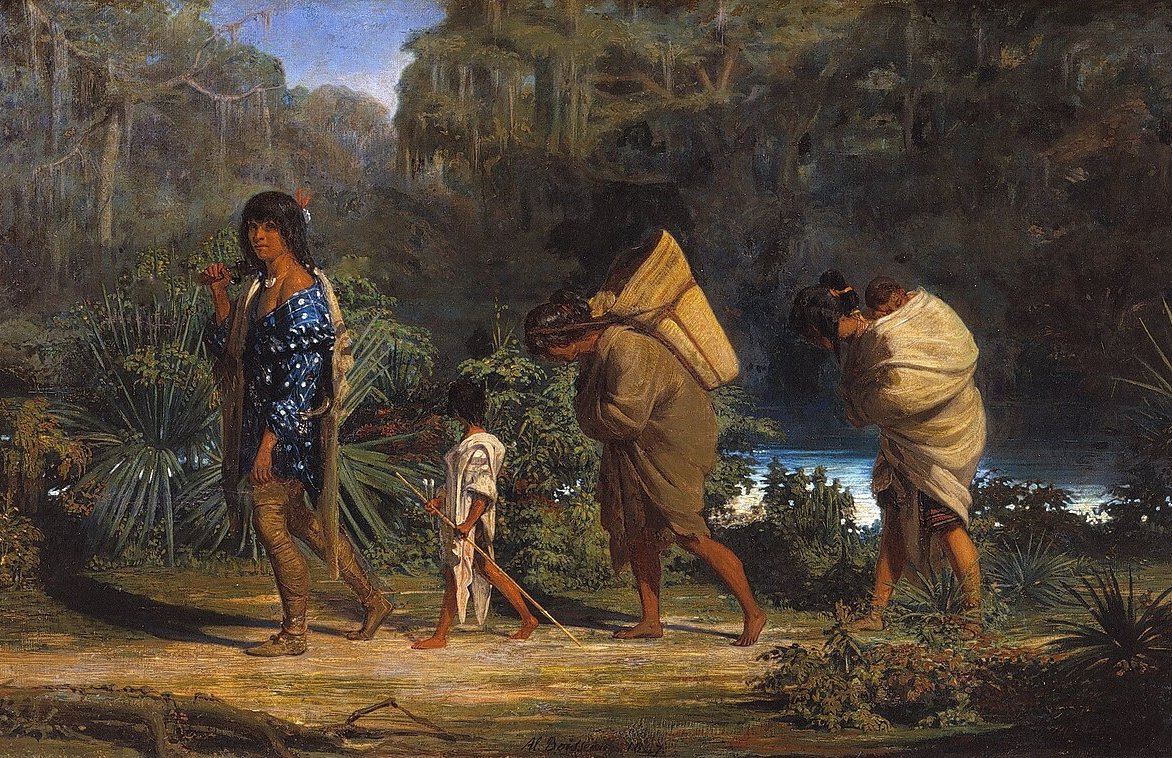 Alfred Boisseau, Wikimedia Commons
Alfred Boisseau, Wikimedia Commons
Louisiana Creole
Louisiana Creole is a version of Creole spoken by Louisianans who generally hail ancestrally from Africa and those imported as enslaved people by the land-owning French of Louisiana. Two-thirds of the enslaved Africans brought to Louisiana came from an African region known as Senegambia. Today, there are around 9,600 native speakers of Louisiana Creole. It is considered severely endangered by UNESCO.
Hopi
The Hopi language, or the Uto-Aztecan language, is spoken by the Hopi people of northeastern Arizona. They were subject to early European contact by the Spanish in 1540, with Old Oraibi being one of the oldest continuous settlements in the United States. There are about 6,000 native speakers of Hopi in Arizona, with fewer than 50 monolingual speakers. However, the Hopi and Navajo languages are supported by the Arizona education system.
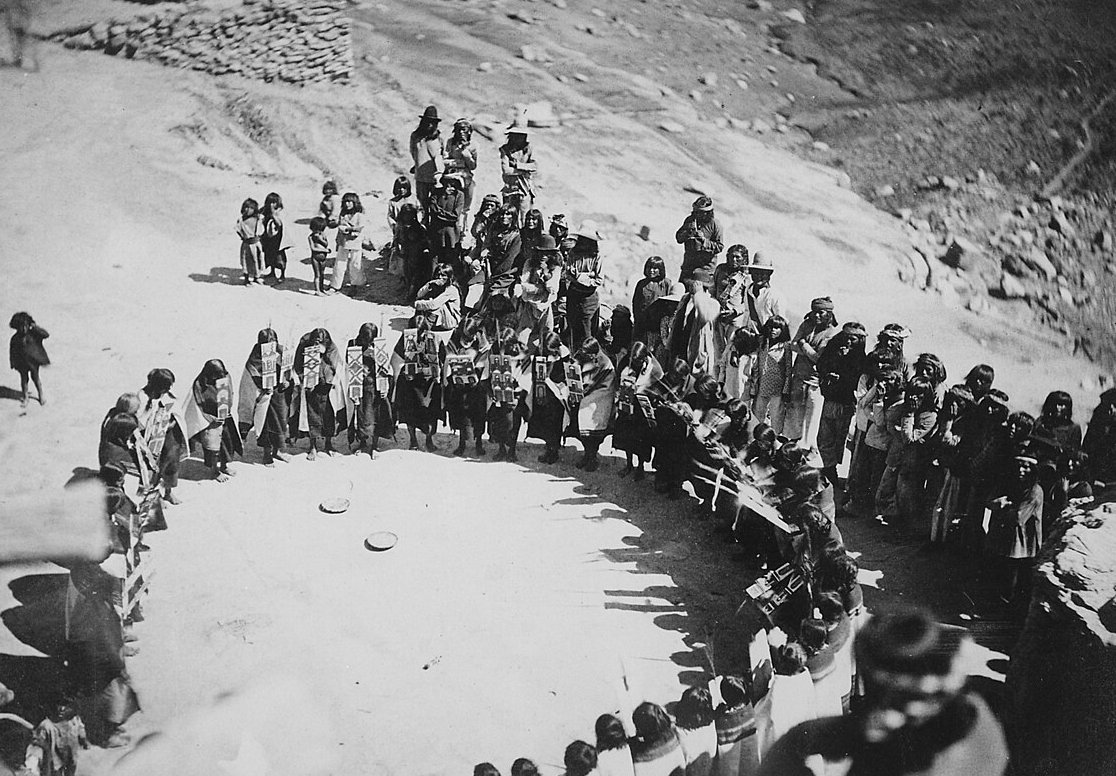 National Archives at College Park, Wikimedia Commons
National Archives at College Park, Wikimedia Commons
Texas German
Texas German is a dialect of German spoken in a wide area known as Texas German Country, which runs from Houston to the Hills region. Most German Texans continue to speak German in their homes, and thus, the language has survived for many generations. There are approximately 82,000 speakers of Texas German in the state.
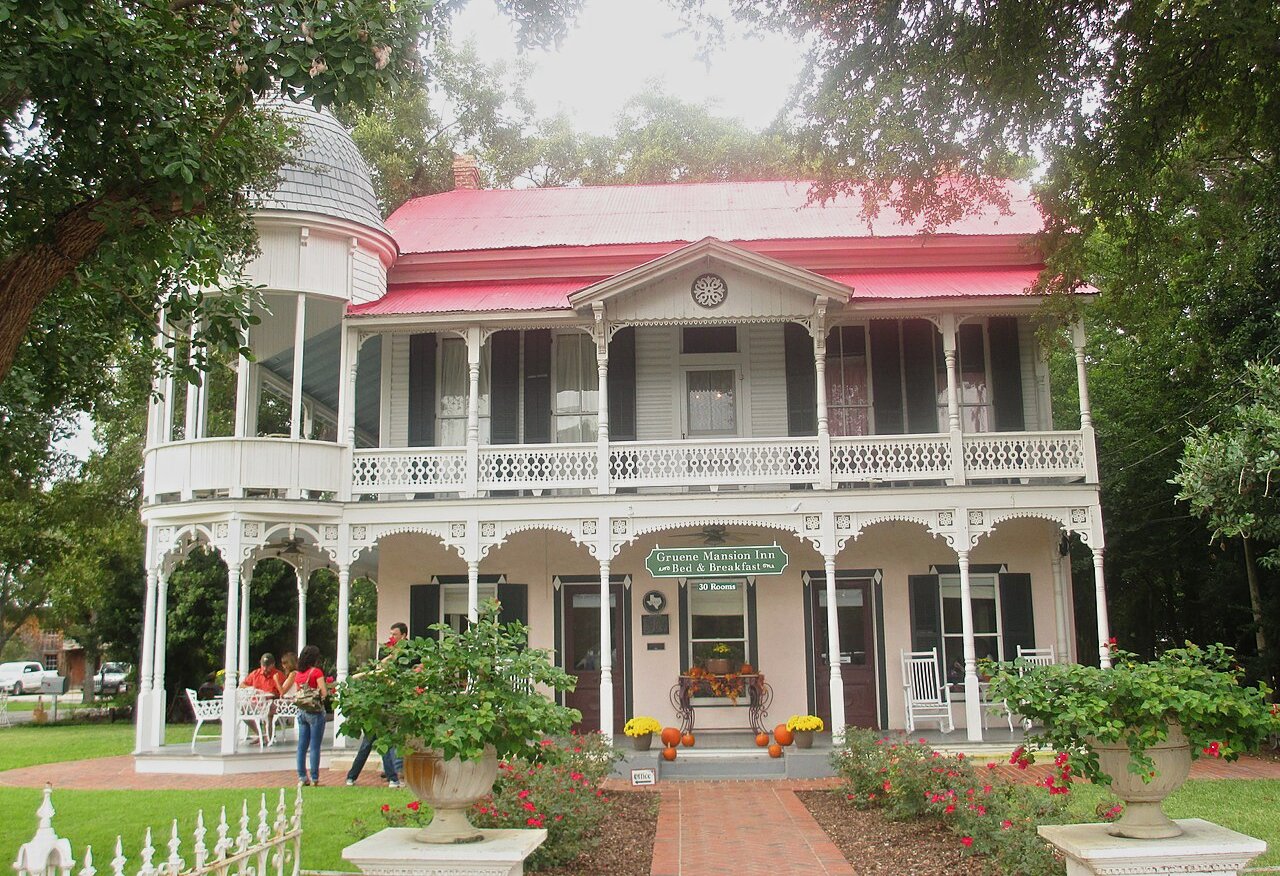 Billy Hathorn, CC BY-SA 3.0, Wikimedia Commons
Billy Hathorn, CC BY-SA 3.0, Wikimedia Commons

History's most fascinating stories and darkest secrets, delivered to your inbox daily.
Blackfoot
Blackfoot is spoken by people living across North America's Northwestern plains. Only one of the four Blackfoot dialects is spoken in the United States: Aamsskáápipikani, in Northern Montana. There are around 2,900 native speakers of Blackfoot in North America.
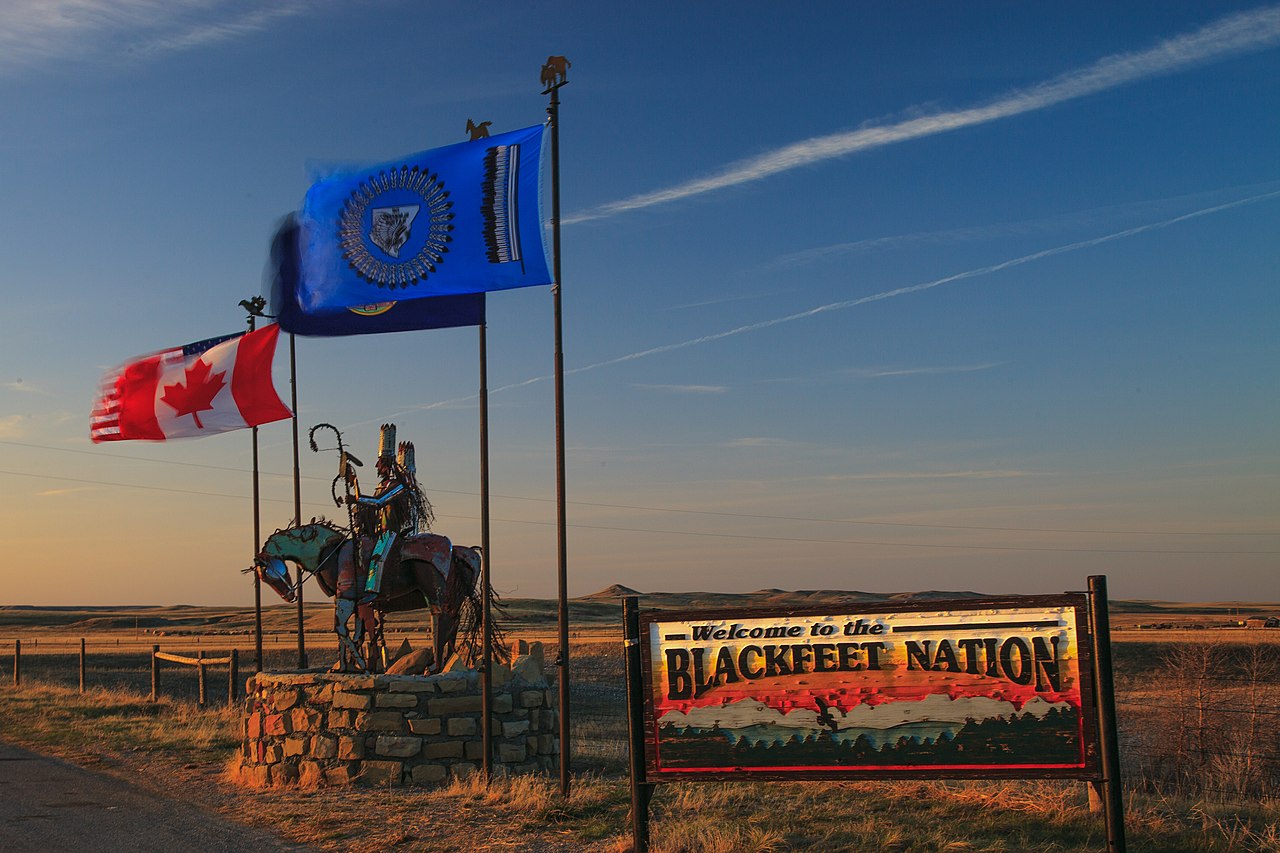 Murray Foubister, CC BY-SA 2.0, Wikimedia Commons
Murray Foubister, CC BY-SA 2.0, Wikimedia Commons
Muskogean
The Muscogee and Seminole peoples of Oklahoma and Florida speak the Muscogee language. In its history, the language has also been spoken across Alabama and Georgia. Still, it first appeared in Florida in the 19th century as Muscogee people began to travel and mingle with the Seminole People of Florida. In 2024, despite over 100,000 Muscogee people in the United States, there are fewer than 400 native speakers.
Crow
Crow is also called "Children of the Large Beaked Bird" in their Indigenous language. Of the over 8,500 Crow Tribespeople in the United States, Crow, or "Apsaalooke," has one of the largest populations and the most native speakers: approximately 4,000.
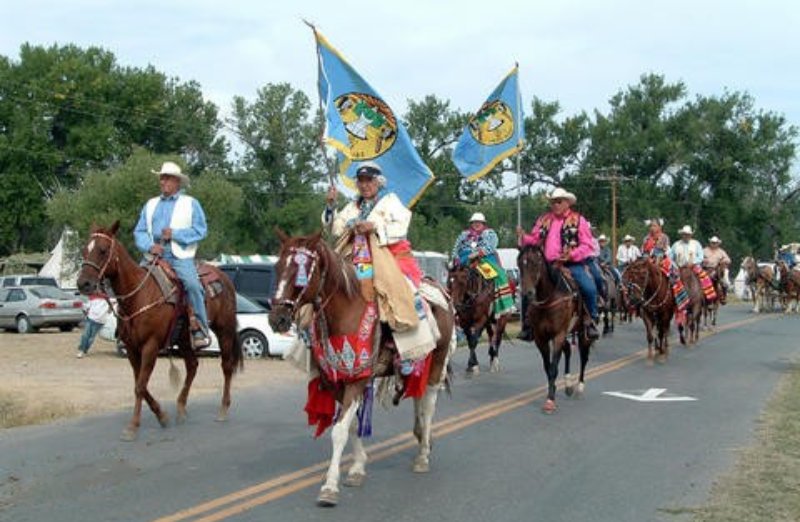 Realbirdium, CC BY-SA 3.0, Wikimedia Commons
Realbirdium, CC BY-SA 3.0, Wikimedia Commons
Jemez
Jemez is the primary language of the Jemez-Pueblo people of New Mexico. However, 90% of the tribe doesn't speak it, mainly only farmers and artisans are fluent. In 2007, there were just 3,000 native speakers. Interestingly, the language has no written form.
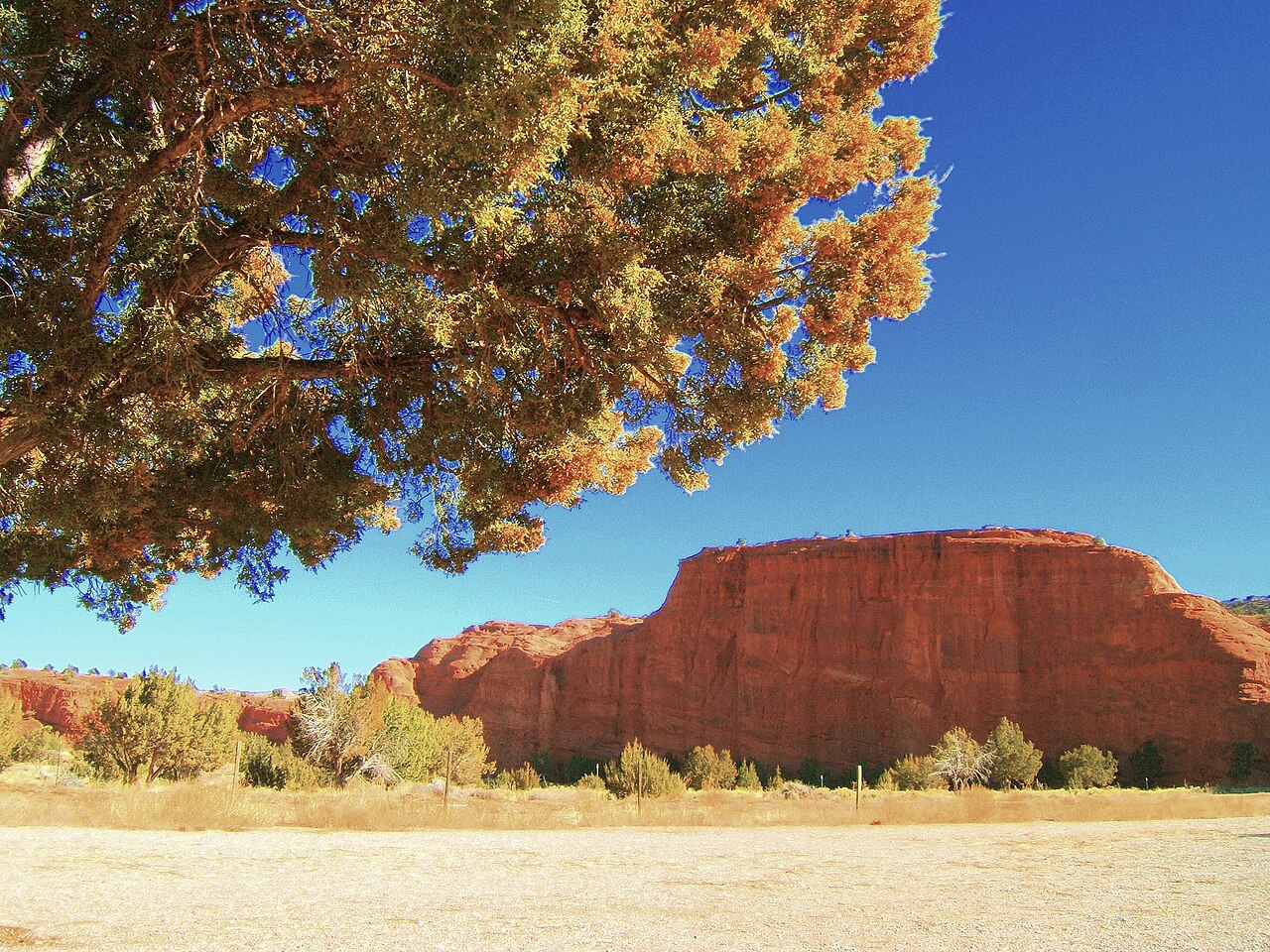 Mike Pedroncelli, CC BY-SA 2.0, Wikimedia Commons
Mike Pedroncelli, CC BY-SA 2.0, Wikimedia Commons
Cheyenne
The Cheyenne language is spoken in Oklahoma and Montana, mostly on the Northern Cheyenne Indian Reservation in Montana and Oklahoma. There are around 10,000 members of the Cheyenne tribe in these areas, with only 380 native speakers of Cheyenne, as of 2020 estimates. Cheyenne appears prominently in Hostiles (2017), a Western drama starring Christian Bale. The production reportedly hired native speakers and Cheyenne cultural experts to ensure accuracy.
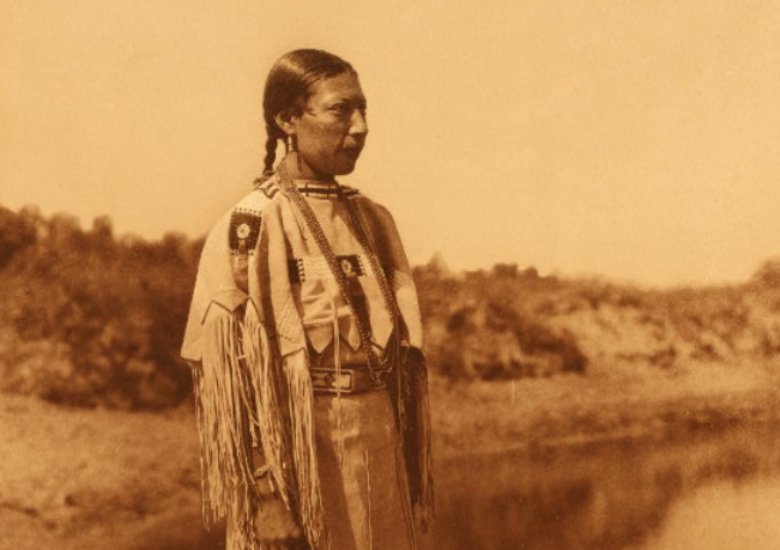 Edward S. Curtis, Wikimedia Commons
Edward S. Curtis, Wikimedia Commons
Arapaho
The Arapaho Native American tribe historically lived on the plains of Colorado and Wyoming and has lived on the Wind River Reservation since 1878. Despite having a population of around 10,000, there are just 1,000 speakers of the Arapaho language, which UNESCO considers a vulnerable language.
 John K. Hillers, Wikimedia Commons
John K. Hillers, Wikimedia Commons
Hawaiian
The Hawaiian language is spoken by the people of Hawaii, often as their second language, after being gradually displaced by English. One of the seven Austronesian languages (a family of languages spoken among a group of Australasian islands in Southeast Asia), Hawaiian has about 18,000 native speakers. UNESCO rates it as vulnerable.
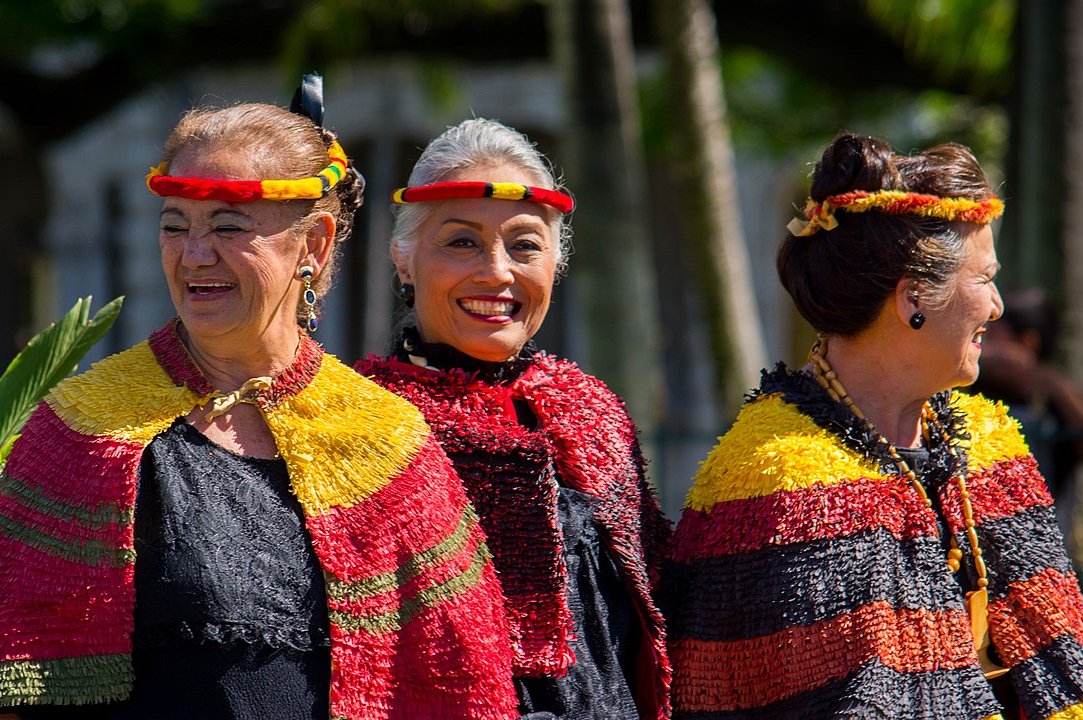 Daniel Ramirez, CC BY 2.0, Wikimedia Commons
Daniel Ramirez, CC BY 2.0, Wikimedia Commons
Kickapoo
Kickapoo is a language native to the Fox people, a group of Native American tribespeople of the Algonquian dialect. In 1985, the Kickapoo Nation School in Horton, Kansas began an effort to rejuvenate the Kickapool language by beginning a language immersion program in grade six. As of 2013, there were only 1,141 native speakers of Kickapoo.
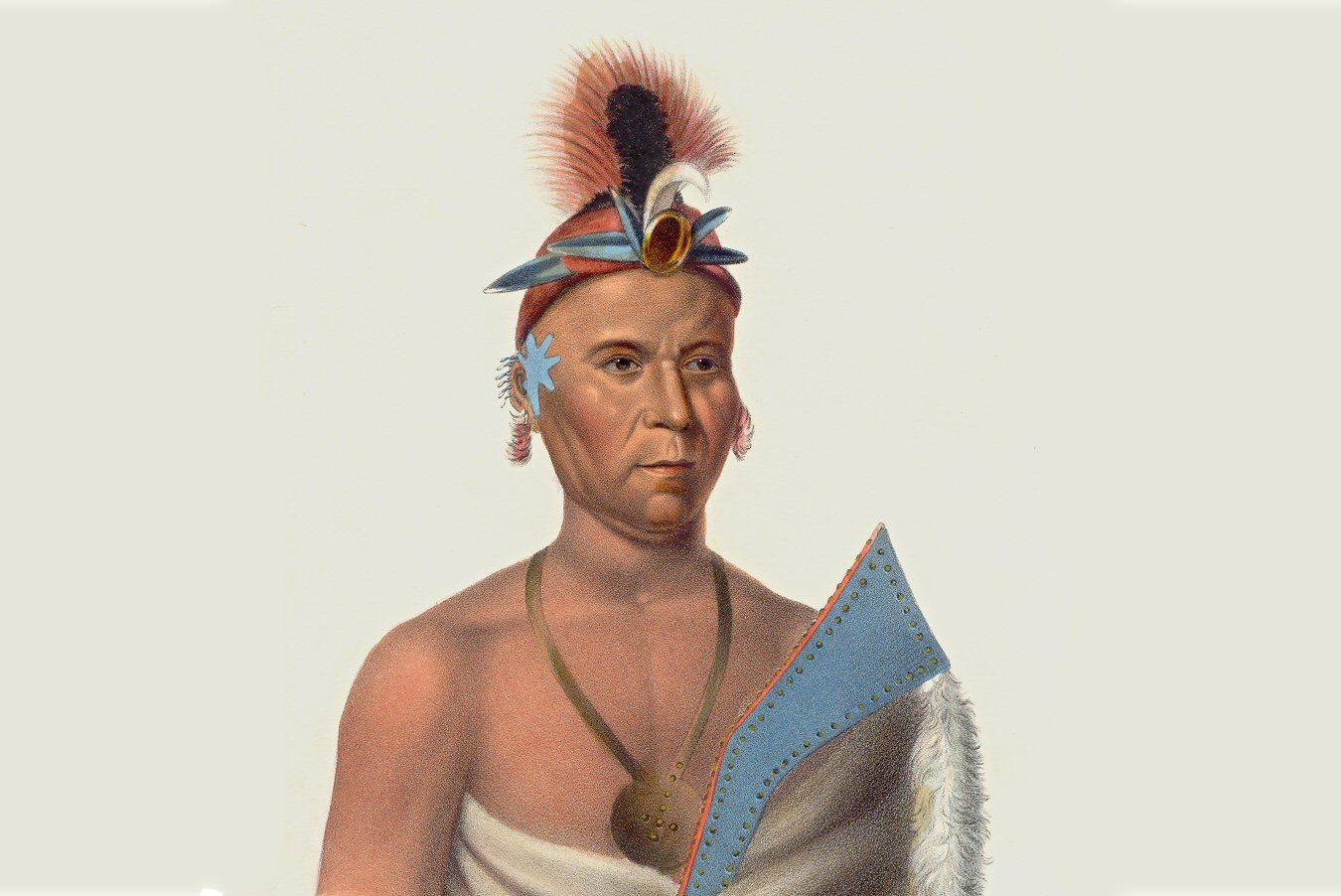 Charles Bird King, Lithograph by J.T. Bowen, Wikimedia Commons
Charles Bird King, Lithograph by J.T. Bowen, Wikimedia Commons
Central Siberian Yupik
Alongside their sister language spoken by Indigenous people of Central Siberia, those living on St Lawrence Island, Alaska, speak Central Siberian Yupik. According to the Alaska Native Language Center, there are approximately 400 to 700 Alaskans who understand the language, but cannot converse in it.
Chinook Jargon
Chinook Jargon is thought to be among the first languages that Sir Francis Drake and his men recorded after their 1579 voyage to the Oregon coast. Post-contact, its thought that the Chinook language spoken by Indigenous peoples of the Pacific Northwest had absorbed parts of English and Creole French to create "Chinook Jargon". Chinook Jargon is spoken by just 640 people as of 2019.
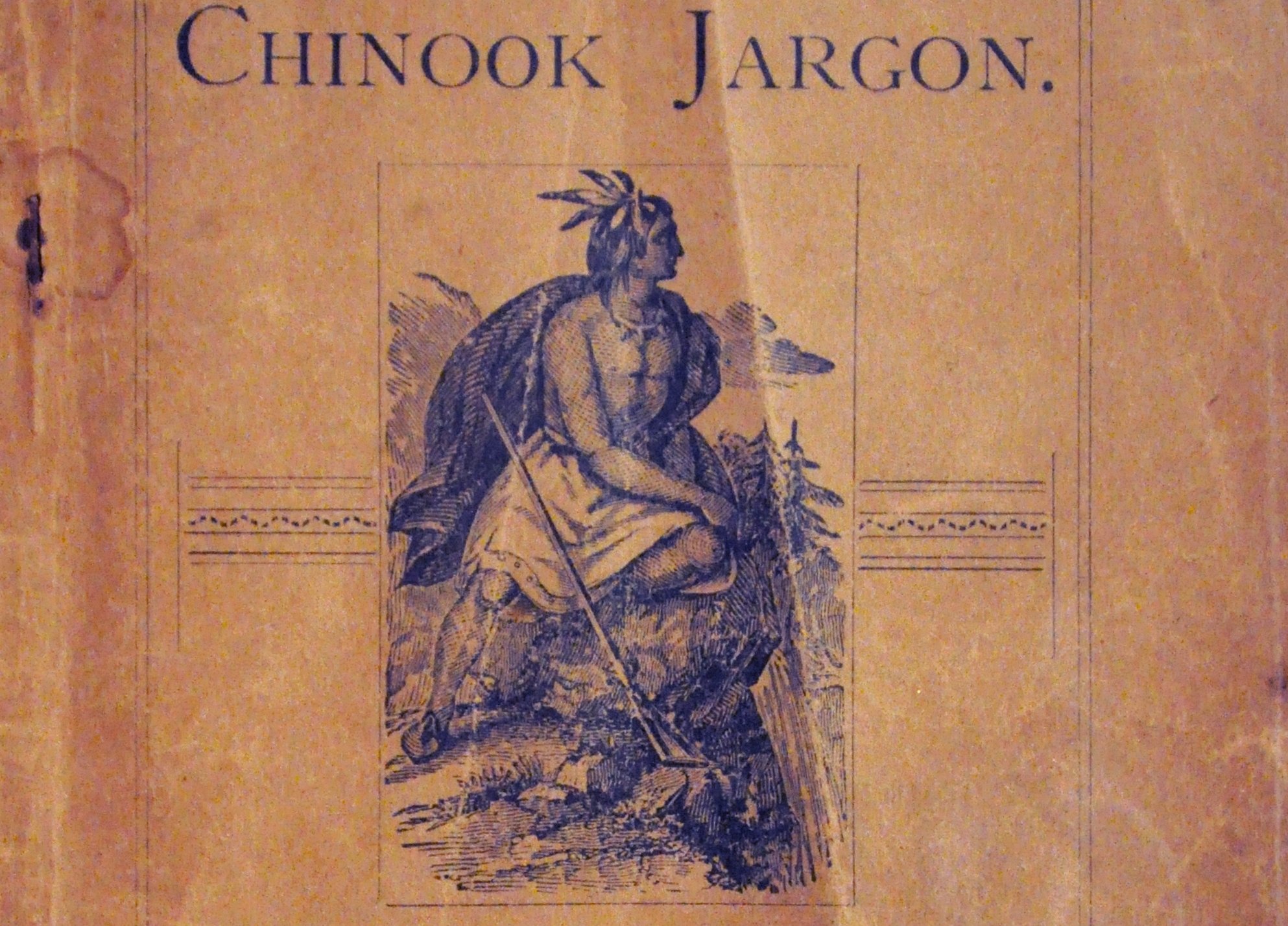 Joe Mabel, CC BY-SA 3.0, Wikimedia Commons
Joe Mabel, CC BY-SA 3.0, Wikimedia Commons
Gwich'in
Gwich'in is spoken by both the Gwich'in First Nation in Canada and by Native Alaskans in Beaver, Circle, Fort Yukon, Birch Creek and Arctic Village in Alaska. Of approximately 3,000 Gwich'in people, only about 500 speak the language. Like most Indigenous peoples across North America, Gwich'in peoples have been shifting their primary language to English.
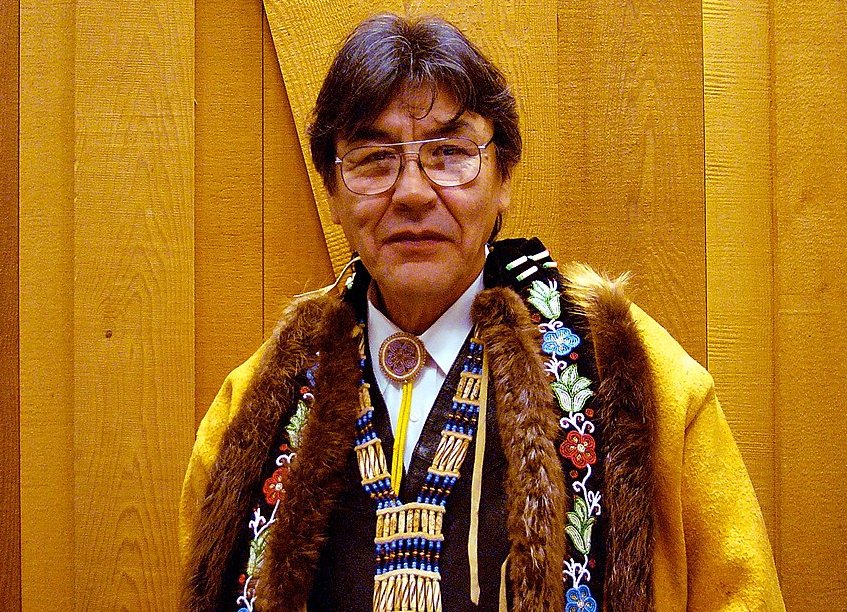 Sam Beebe, CC BY 3.0, Wikimedia Commons
Sam Beebe, CC BY 3.0, Wikimedia Commons
Jicarilla
Jicarilla is a language belonging to the Jicarilla Apache people of New Mexico. Despite their traditional homelands being in New Mexico, at one point, the Jicarilla Apache held territory across the Texas and Oklahoma Panhandles, Colorado, and Kansas. In 2003, the Jicarilla Apache Nation in Dulce, NM, certified community members to begin teaching Jicarilla, in the hopes of keeping the language alive. In 2015, there were just over 500 native speakers of Jicarilla.
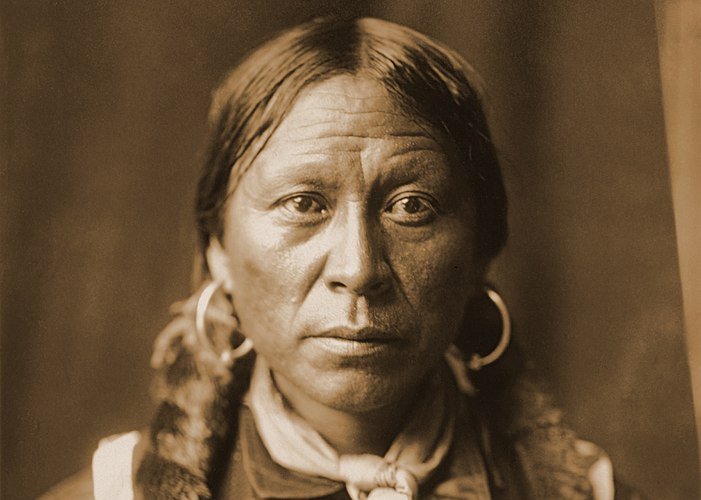 Edward S. Curtis, Wikimedia Commons
Edward S. Curtis, Wikimedia Commons
Alibamu
Otherwise known as the Alabama language, Alibamu is a language spoken by the Alabama-Coushatta Tribe of Texas, having once been spoken by another tribe in Oklahoma. The Alabama tribespeople first encountered Europeans when Hernando de Soto arrived in 1540, and following that, the language mixed with English and Spanish. But, in 2024, the Alabama-Coushatta Tribe began revitalization efforts, though there are currently around 370 native speakers.
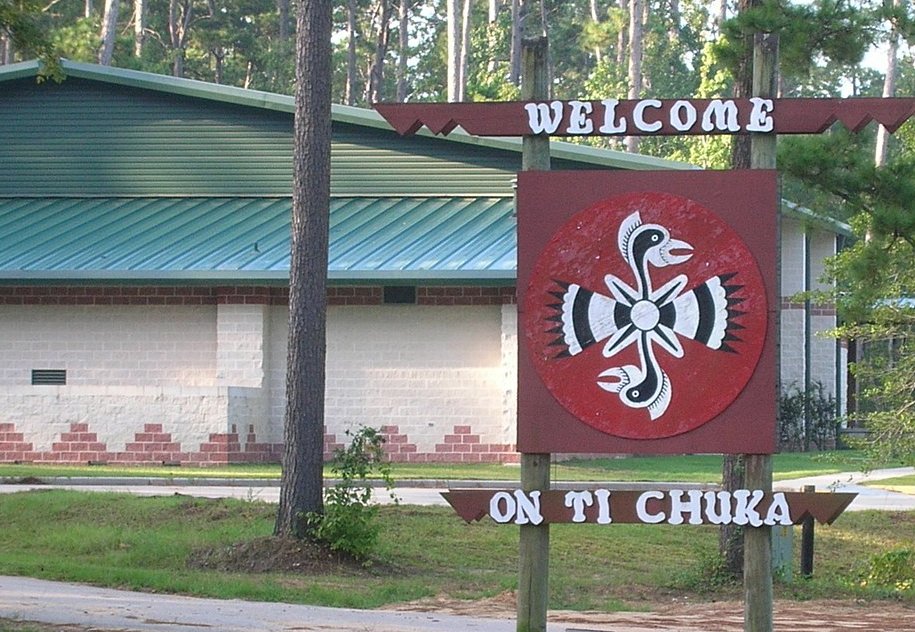 ish ishwar, CC BY-SA 3.0, Wikimedia Commons
ish ishwar, CC BY-SA 3.0, Wikimedia Commons
Aleut
Aleut is a critically endangered language spoken by Aleutian, Pribilof and Commander Islanders, and those living on the Alaskan Peninsula. This remote part of the territory of the United States is home to fewer than 500 people and there are an estimated 80 native speakers of the Aleut language in one of the most remote regions on Earth.
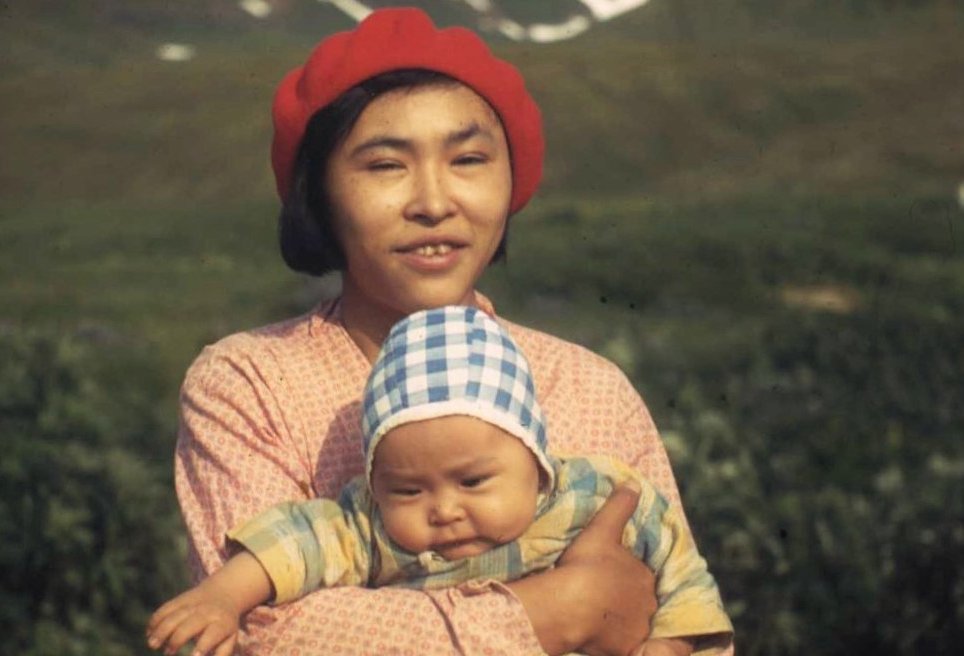 Malcolm Greany, CC BY-SA 2.0, Wikimedia Commons
Malcolm Greany, CC BY-SA 2.0, Wikimedia Commons
Comanche
The Comanche language is an Uto-Aztecan language spoken by the Comanche after they split from the Shoshone Native Americans, soon after acquiring horses to ride in 1705. Only spoken in Oklahoma, 2022 estimates put the number of Comanche language speakers at fewer than 10.
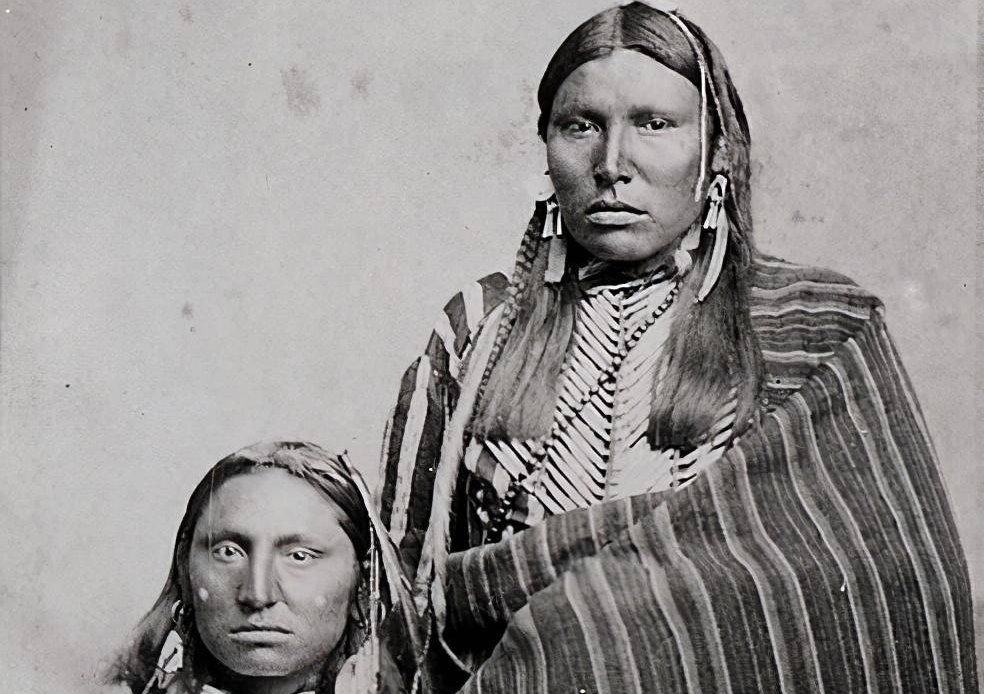 Frontier Forts, Wikimedia Commons
Frontier Forts, Wikimedia Commons
Arikara
The Arikara language is spoken among the Arikara tribes in North Dakota. The tribe reportedly met Lewis and Clark in 1804 as the pair were expeditioning across America. Arikara is one of the rarest languages in the United States, with the most recent estimate of three remaining speakers.
 National Archives at College Park, Wikimedia Commons
National Archives at College Park, Wikimedia Commons
Caddo
The Caddo Nation of Olkahoma speak the rarest language in the United States. There is no exclusively Caddo-speaking community and the very few who do speak it acquired the language as children, outside of school instruction. In 1997, there were 25 people who could speak Caddo—now that number is just two.
You May Also Like:
Sources:


